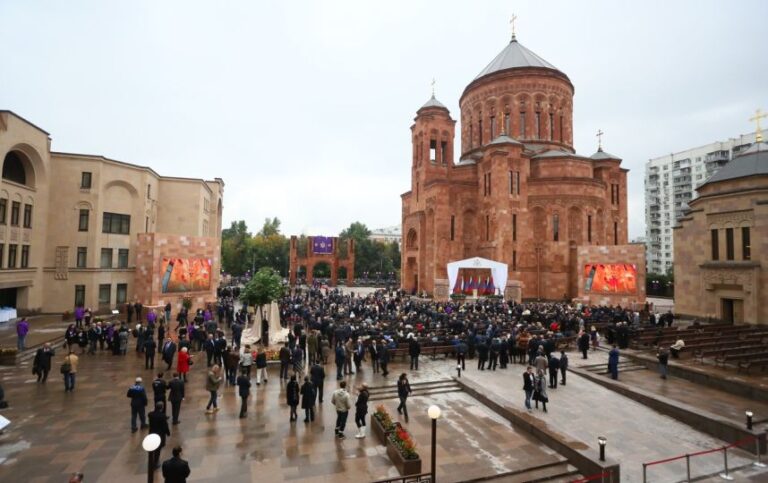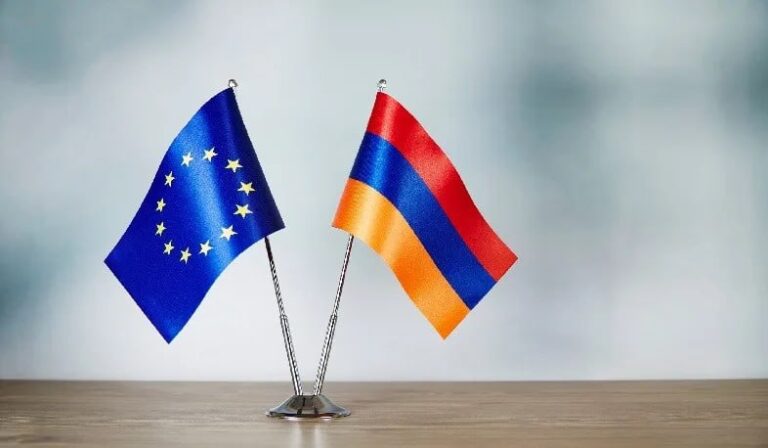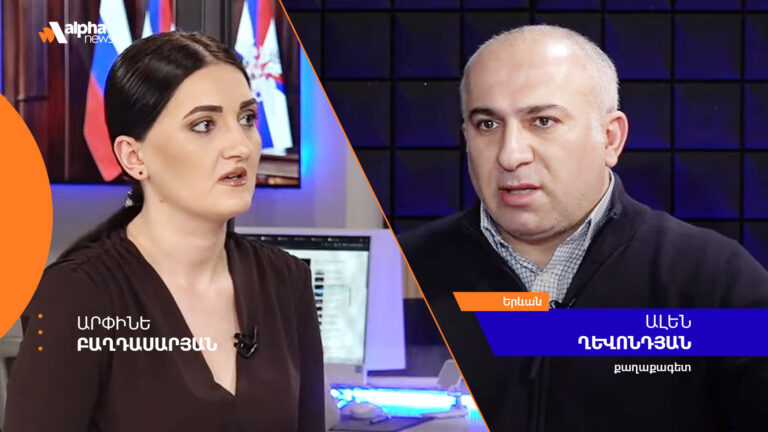The “sovereignty” of Pashinyan’s Armenia will not extend to the “Zangezur corridor”
October 17 2024, 12:00
On October 6, 2022, Nikol Pashinyan and Turkish President Recep Tayyip Erdogan held their first meeting in Prague. On the same day, Pashinyan surrendered Artsakh to Azerbaijan. The paradox is that after more than 2 years, Armenia has not given a clear and unambiguous political assessment of the events that took place in Prague, and this is despite the fact that before the potential talks, Erdogan stated that Armenia should recognize Baku’s sovereignty over the Nagorno-Karabakh Republic.
It should have become obvious even then that every Erdogan-Pashinyan meeting would cost Armenian statehood a lot. So, 2 years after the “Prague conspiracy” against the official Stepanakert, Pashinyan visited the “Turkish House” in the United States, met with Erdogan, and at the meeting asked the Turkish leader to contribute to the normalization of relations between Yerevan and Baku. It is clear that Erdogan had his own conditions, in exchange for which he would be ready to “become a mediator” (in general, it is difficult to imagine how a country that signed the “Shushi Declaration” with Azerbaijan against Armenia can be a mediator in the normalization of Armenian-Azerbaijani relations, but we have what we have). The obvious condition was to grant Turkey control over the “Zangezur corridor” through the Armenian Syunik.
Shortly after the Erdogan-Pashinyan meeting, Turkish Transport Minister Abdulkadir Uraloglu spoke about Azerbaijan’s talks with Armenia on the “Zangezur corridor” and noted that “there is progress on the Armenian side and that it will become clear soon.” Later, Armenian Minister of Territorial Administration and Infrastructure Gnel Sanosyan met with the Turkish minister in Strasbourg.
You do not need to have serious insiders to understand that the topic of the talks between the two ministers concerned the corridor. Not the “unblocking of communications,” but the corridor.
Pashinyan continues to pursue the American course at an accelerated pace, which can be conceptually described as follows: to negotiate with Turkey on all issues, without any guarantees of Armenia’s security from Washington.
It is also noteworthy that today the State Department actually relieved itself of responsibility from the topic of signing the agreement between Yerevan and Baku before or during COP29, noting that, firstly, Washington never linked the peace agreement with COP29, and secondly, the signing of the peace agreement between Armenia and Azerbaijan is up to the parties, not the United States. In other words, the parties “must agree on their own.”
This means to fulfill the demands of both Baku and Ankara, which is what Pashinyan is doing by sending Gnel Sanosyan, responsible for the infrastructure of the “corridor”, to the Turkish minister.
It is also obvious that at the upcoming October 18 meeting of the 3+3 regional platform, Ankara, Baku, and Pashinyan will try to legalize their agreement and convince Tehran and Moscow that limiting Armenia’s sovereignty in favor of a NATO member country does not threaten the interests of both Russia and Iran.
Do not be surprised if, in case of “success” on October 18, Pashinyan says that “the corridor through Armenia’s territory, with the limitation of Armenia’s sovereignty, is the largest victory in the history of the Third Republic.” He will do this because, as we have already said, only in Armenia, integrated in the Turkic world, this government has a future.
Think about it…







